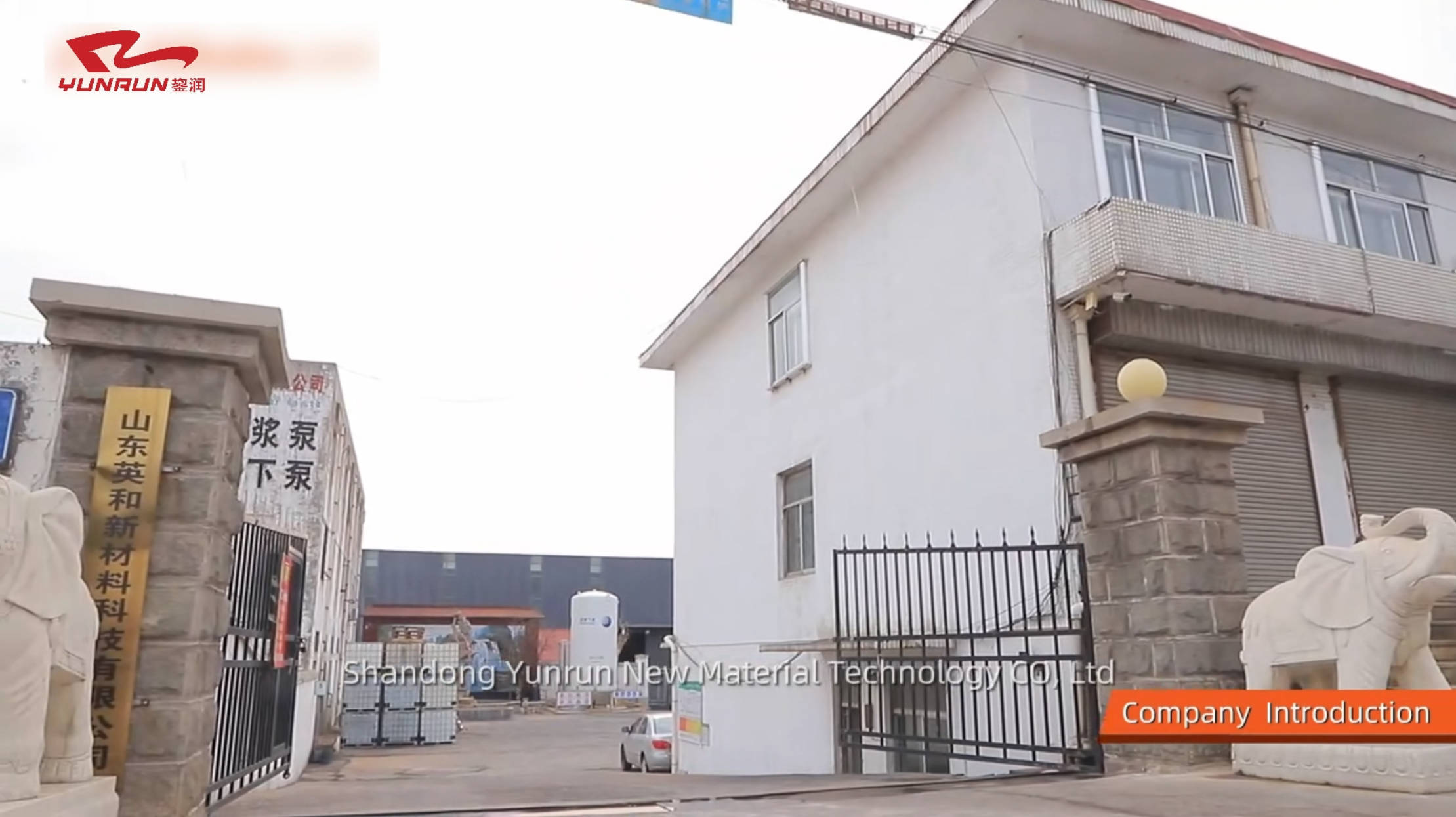Why Choose Low Modulus Polyurethane Sealant for Your Next Project?
Why Choose Low Modulus Polyurethane Sealant for Your Next Project?
Table of Contents
1. Introduction to Low Modulus Polyurethane Sealants
2. Key Features of Low Modulus Polyurethane Sealants
2.1 Flexibility and Elasticity
2.2 Weather Resistance
2.3 Adhesion Properties
3. Applications of Low Modulus Polyurethane Sealants
3.1 Construction Industry
3.2 Automotive Applications
3.3
Jun 21,2025
Why Choose Low Modulus Polyurethane Sealant for Your Next Project?
Table of Contents
1. Introduction to Low Modulus Polyurethane Sealants
2. Key Features of Low Modulus Polyurethane Sealants
2.1 Flexibility and Elasticity
2.2 Weather Resistance
2.3 Adhesion Properties
3. Applications of Low Modulus Polyurethane Sealants
3.1 Construction Industry
3.2 Automotive Applications
3.3 Marine Uses
4. Advantages of Using Low Modulus Polyurethane Sealants
4.1 Reduced Risk of Cracking
4.2 Long-lasting Performance
5. Choosing the Right Low Modulus Polyurethane Sealant
5.1 Considerations for Selection
6. Application Techniques for Optimal Results
6.1 Surface Preparation
6.2 Proper Application Methods
7. Frequently Asked Questions (FAQs)
8. Conclusion
1. Introduction to Low Modulus Polyurethane Sealants
Low modulus polyurethane sealants are increasingly recognized for their exceptional performance in various sealing applications. They are formulated to provide superior flexibility, allowing them to accommodate the movement of building materials without compromising their integrity. This characteristic makes them an essential choice for projects that demand adaptability and resilience under varying conditions.
2. Key Features of Low Modulus Polyurethane Sealants
Understanding the features of low modulus polyurethane sealants helps professionals appreciate why they are an optimal choice for many applications.
2.1 Flexibility and Elasticity
One of the standout features of low modulus polyurethane sealants is their remarkable **flexibility**. These sealants can stretch and compress, making them ideal for areas subjected to movement, such as joints between materials. This elasticity helps prevent cracks and damages, enhancing the longevity of structures.
2.2 Weather Resistance
These sealants are designed to withstand harsh weather conditions, making them suitable for both indoor and outdoor projects. Their ability to resist moisture, UV rays, and temperature variations ensures that the integrity of the seal remains intact over time.
2.3 Adhesion Properties
Low modulus polyurethane sealants boast excellent adhesion to a wide range of substrates, including concrete, metal, wood, and plastics. This versatility allows them to be effectively used in diverse applications, from construction to automotive industries.
3. Applications of Low Modulus Polyurethane Sealants
Low modulus polyurethane sealants find extensive use in various sectors, showcasing their adaptability and effectiveness.
3.1 Construction Industry
In construction, these sealants are particularly valuable for sealing joints in facades, windows, and roofs. They provide a waterproof barrier that prevents moisture ingress while accommodating the natural expansion and contraction of building materials.
3.2 Automotive Applications
In the automotive sector, low modulus polyurethane sealants are used for bonding and sealing body panels, windshields, and components. Their flexibility helps absorb vibrations, reducing the risk of damage and enhancing the vehicle's durability.
3.3 Marine Uses
Marine applications benefit significantly from these sealants due to their water resistance and ability to withstand the corrosive effects of saltwater. They are ideal for sealing decks, hulls, and other critical areas in boats and ships.
4. Advantages of Using Low Modulus Polyurethane Sealants
Choosing low modulus polyurethane sealants offers numerous advantages, making them a preferred option across industries.
4.1 Reduced Risk of Cracking
The elasticity of low modulus polyurethane sealants significantly reduces the risk of cracking over time. This characteristic is crucial in environments where materials experience constant movement, ensuring the longevity and reliability of the seal.
4.2 Long-lasting Performance
These sealants are formulated for durability, providing long-lasting performance even in demanding conditions. Their resistance to harsh weather and environmental factors ensures that they maintain their sealing properties for years, reducing the need for frequent repairs or replacements.
5. Choosing the Right Low Modulus Polyurethane Sealant
Selecting the appropriate low modulus polyurethane sealant can have a significant impact on project success. Consider the following factors:
5.1 Considerations for Selection
When choosing a sealant, assess the specific needs of your project, such as the materials being sealed, the environmental conditions, and any movement expected in the joints. Consulting product specifications and seeking expert advice can guide you toward the best choice.
6. Application Techniques for Optimal Results
Proper application techniques are critical for achieving the best results with low modulus polyurethane sealants.
6.1 Surface Preparation
Before applying the sealant, ensure that surfaces are clean, dry, and free from dust, oil, and other contaminants. This preparation enhances adhesion and ensures a strong, lasting seal.
6.2 Proper Application Methods
Use a caulking gun for precise application, maintaining a consistent bead along the joint. Follow the manufacturer's instructions regarding curing times and conditions to ensure optimal performance.
7. Frequently Asked Questions (FAQs)
**Q1: What is the difference between low modulus and high modulus polyurethane sealants?**
A1: Low modulus sealants are more flexible and can accommodate greater movement, while high modulus sealants offer higher tensile strength but less flexibility.
**Q2: Can low modulus polyurethane sealants be painted over?**
A2: Yes, many low modulus polyurethane sealants can be painted over once fully cured, allowing for aesthetic integration with surrounding materials.
**Q3: How long does it take for low modulus polyurethane sealants to cure?**
A3: Curing times can vary based on environmental conditions and the specific product used, typically ranging from 24 hours to several days.
**Q4: Are low modulus polyurethane sealants waterproof?**
A4: Yes, they are highly water-resistant, making them suitable for use in wet environments.
**Q5: Can these sealants be used in extreme temperatures?**
A5: Most low modulus polyurethane sealants are designed to perform well in both high and low temperatures, but it's essential to check the manufacturer's specifications for specific temperature ranges.
8. Conclusion
Choosing low modulus polyurethane sealants for your next project can significantly enhance the durability and performance of your seals. Their remarkable flexibility, excellent adhesion properties, and resistance to various environmental factors make them a versatile choice across multiple industries. Whether you’re working on a construction site, an automotive assembly line, or marine applications, investing in these sealants is a decision that pays off in reliability and longevity. By understanding their benefits and proper application techniques, you can ensure that your projects are completed to the highest standards.
PREVIOUS:




